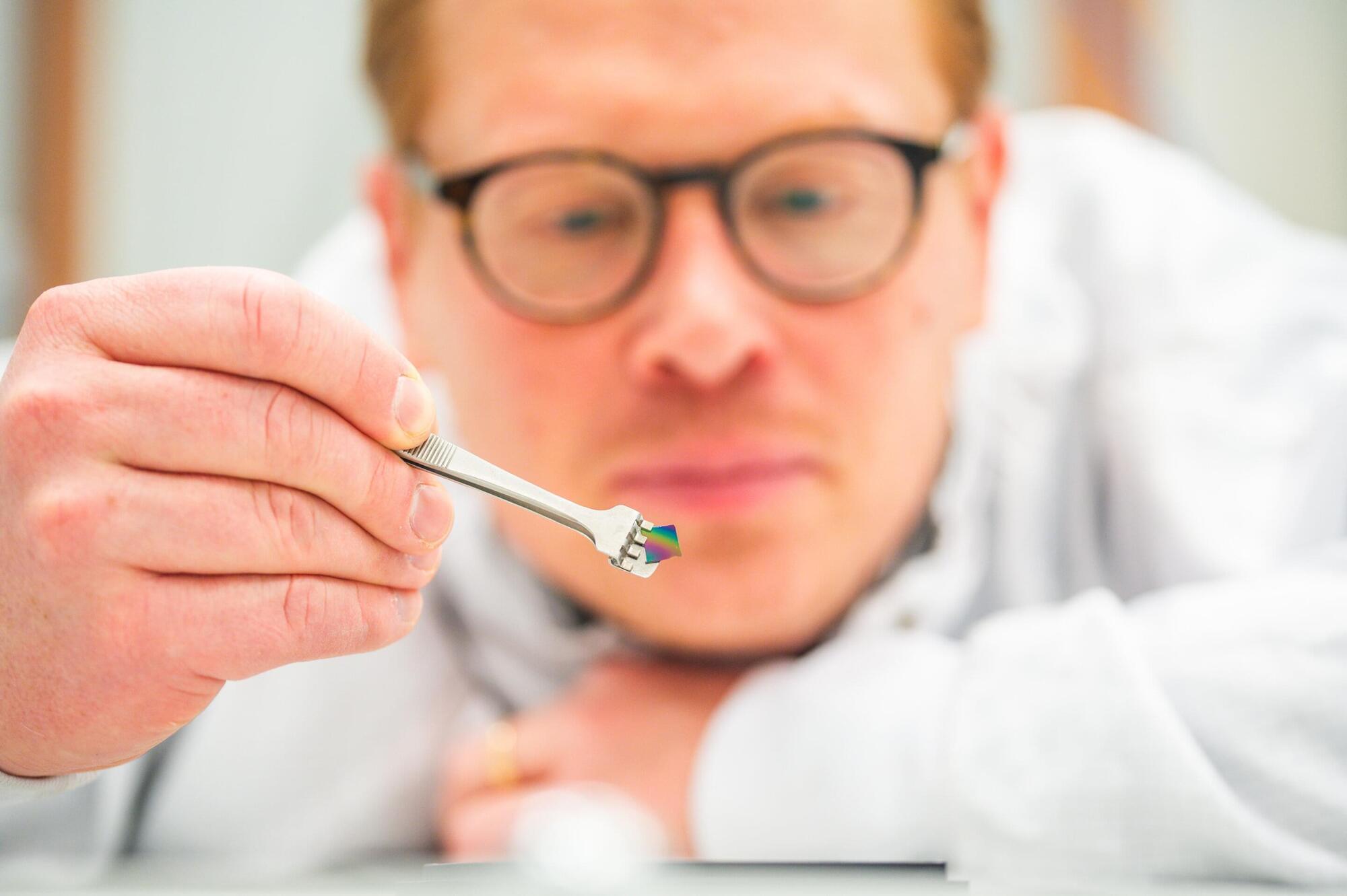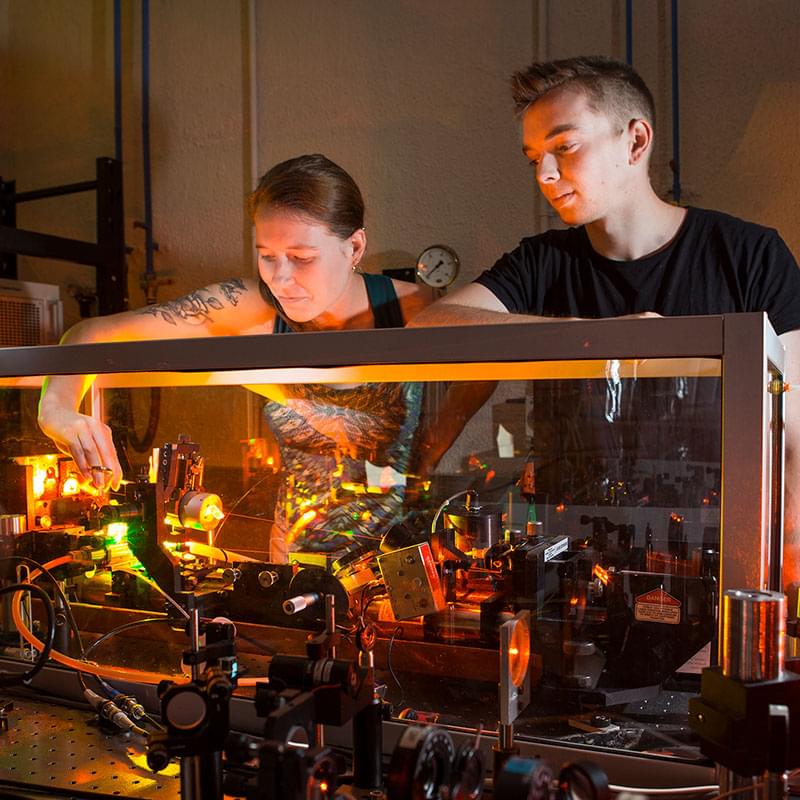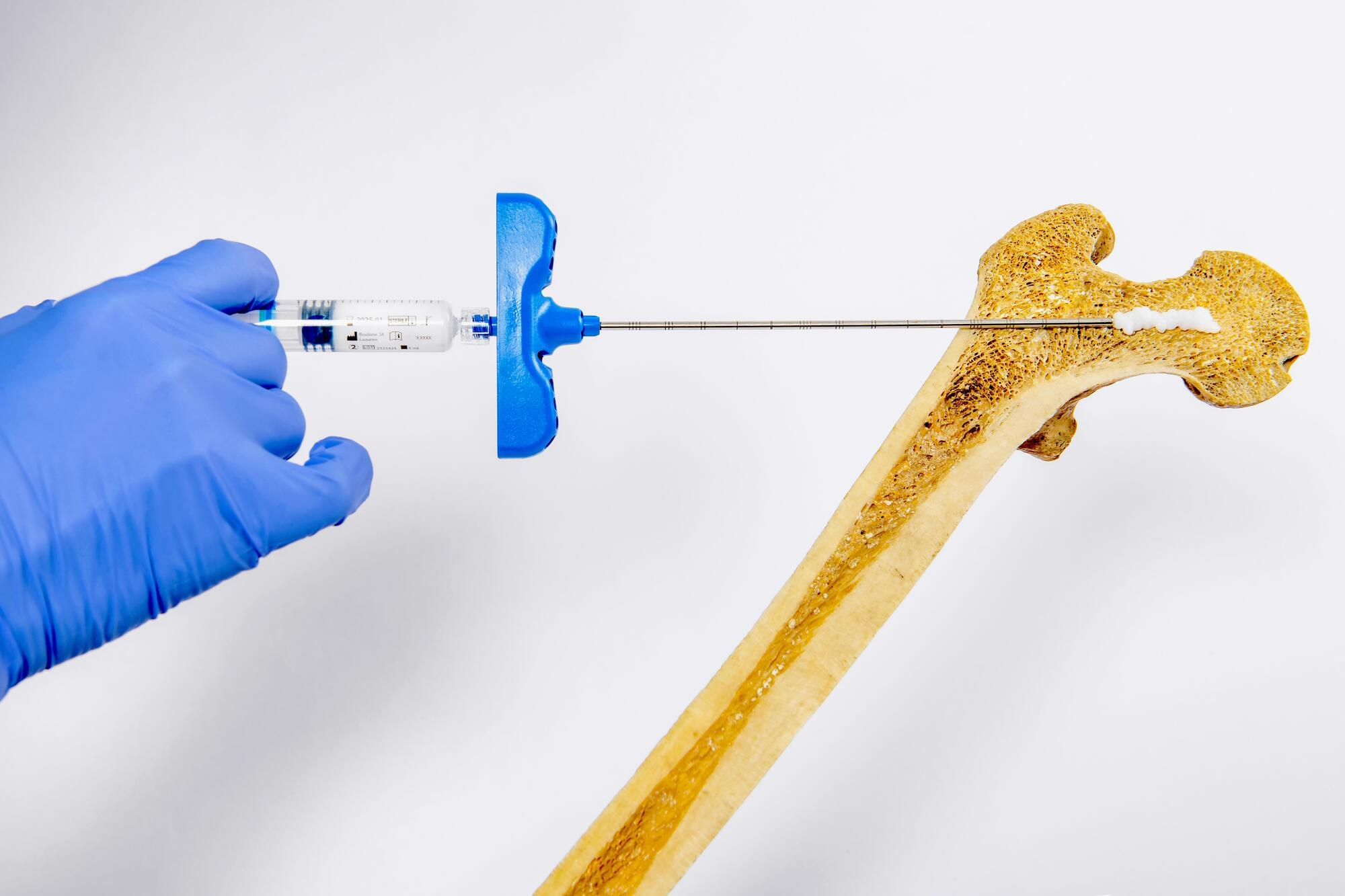A solution to injuries from slips and falls may be found underfoot — literally. The footpads of geckos have hydrophilic (water-loving) mechanisms that allow the little animals to easily move over moist, slick surfaces. Researchers in ACS Applied Materials & Interfaces report using silicone rubber enhanced with zirconia nanoparticles to create a gecko-inspired slip-resistant polymer. They say the material, which sticks to ice, could be incorporated into shoe soles to reduce injuries in humans.
Slips and falls account for more than 38 million injuries and 684,000 deaths every year, according to the World Health Organization. And nearly half of these incidents happen on ice. Current anti-slip shoe soles rely on materials such as natural rubber that repel the layer of liquid water that sits atop pavement on a rainy day. On frozen walkways, however, shoe soles with these materials can cause ice to melt because of pressure from the wearer, creating the slippery surface the shoes are supposed to protect against.
Previous studies of gecko feet have led to new ideas for developing more effective anti-slip polymers. Those works found that their footpad’s stickiness comes from hydrophilic capillary-enhanced adhesion: The force of water being drawn into narrow grooves in the footpad creates suction that helps the lizard navigate slippery surfaces. Vipin Richhariya, Ashis Tripathy, Md Julker Nine and colleagues aimed to develop a polymer with capillary-enhanced adhesion that works on rainy sidewalks and frozen surfaces.







